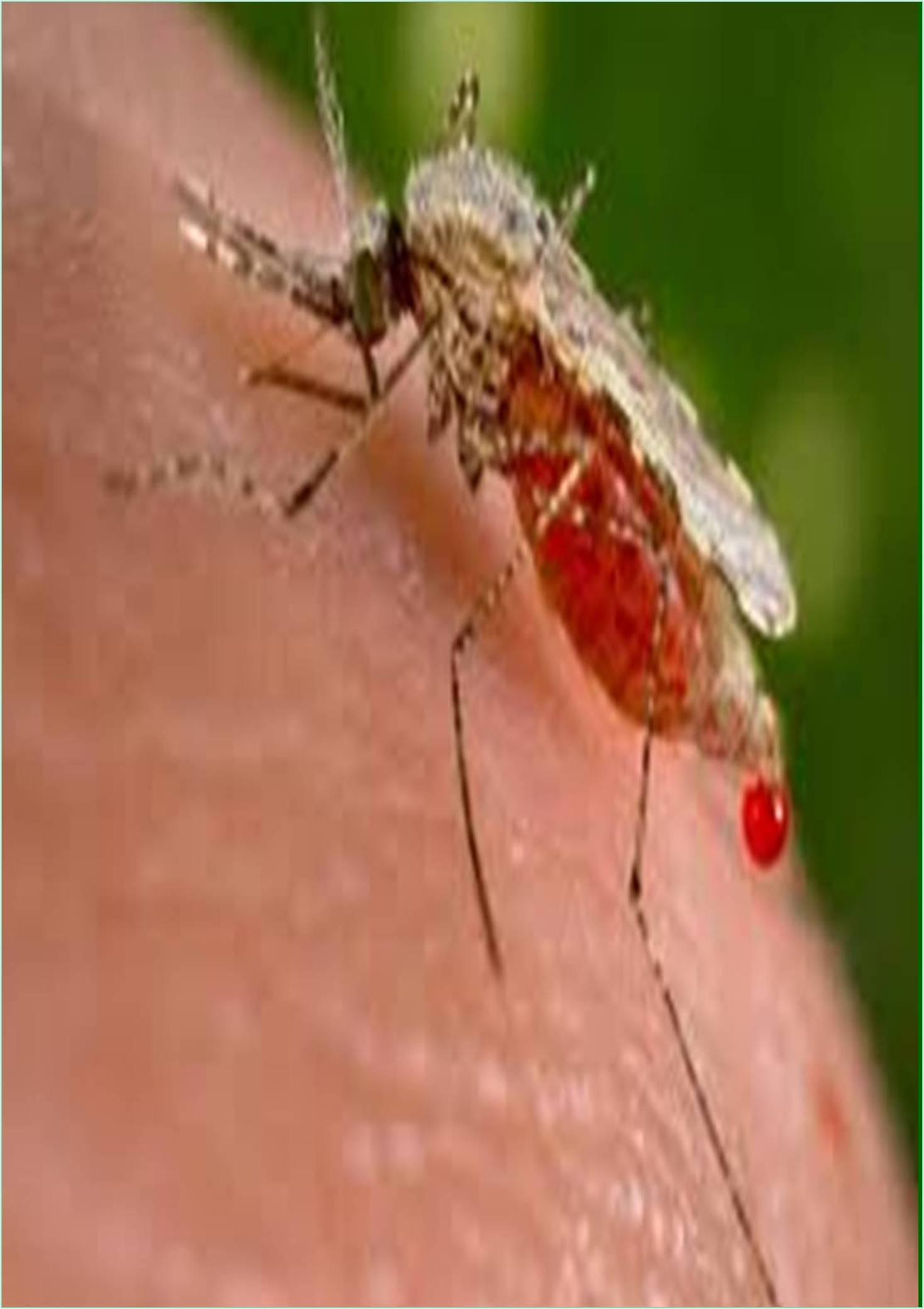



Received: 23-Jul-2022, Manuscript No. IJMAR-22-72014; Editor assigned: 26-Jul-2022, Pre QC No. IJMAR-22-72014 (PQ); Reviewed: 12-Aug-2022, QC No. IJMAR-22-72014 ; Revised: 22-Aug-2022, Manuscript No. IJMAR-22-72014 (R); Published: 29-Aug-2022, DOI: 10.15651/IJMAR.22.1.009
Bird malaria is a mosquito-borne bird disease caused by protozoa parasites ( Plasmodium relictum ). P. relictum proliferates in bird red blood cells. If the parasite load is high enough, the bird loses red blood cells (anemia). Loss of these cells can lead to progressive weakness and ultimate death, as red blood cells are important for carrying oxygen around the body.
It is similar to human malaria in that it is caused by a unicellular protozoan of the genus Plasmodium and is transmitted by being bitten by an infected mosquito. (Protozoa hemoproteus may also be considered the causative agent of bird malaria.) However, while Anopheles mosquitoes only carry human disease, bird malaria is transmitted by several genera of mosquitoes, including culex and aedes. Bird malaria affects a wide range of birds around the world, including ducks, hawks, pigeons and penguins. Passerines, including songbirds, appear to be the most vulnerable.
Mode of Infection
The process of malaria infection depends on the Plasmodium species (and Hemoproteus), but generally begins with an immature parasite called sporozoite, which is carried by the saliva of infected female mosquitoes. After being bitten by one of these mosquitoes, sporozoites either enter the bloodstream directly or penetrate deep into the skin of birds, invading fibroblasts and macrophages. As a melozoite, it matures into a known form. Within 36-48 hours, merozoite is released into the bloodstream and transported to macrophages in the brain, liver, spleen, kidneys, and lungs. The parasite then begins asexual reproduction and makes a copy of it. A new generation of merozoite infects red blood cells, where they grow and proliferate, and eventually causing cells to rupture. The sudden release of the parasite and the loss of red blood cells it causes an acute phase of infection.
Plasmodium relictum grows on red blood cells. When the parasite load is high enough, birds begin to lose red blood cells, leading to anemia. The loss of these cells can lead to progressive weakness and ultimate death, as red blood cells are important for carrying oxygen around the body. Malaria mainly affects passerines (stopped birds). In Hawaii, this includes most native Hawaiian honey crawlers and Hawaiian crows. Disease susceptibility varies from species to species. Although Hawaiian honeycreeper is often referred to as Hawaiian honeycreeper is less sensitive to malaria. Native Hawaiian birds are more susceptible to illness and have a higher mortality rate than introduced birds. Seriously affecting the native honeycreeper, P. relictum limits the range of wood birds from lowland forests, where many Hawaiian bird species, primarily mosquito carriers, are most prevalent. It is unknown why penguins are very susceptible to bird malaria. The risk of disease is greatest in young animals, children, impressionable people, and animals with outside access. Mortality is boosted by stressors such moulting, chick rearing, or inadequate husbandry. Acute death without symptoms is one of the earliest clinical indicators, followed by lethargy, anorexia, depression, vomiting, dyspnea, pale mucous membranes (anemia), and behavioral detachment. Neurological symptoms caused by severe types include paralysis, convulsions, and poor motor coordination. Antemortem diagnosis is challenging because animals typically pass away suddenly with no sign of blood parasitemia. Organisms can be seen on blood smear, but are often not seen in fulminant cases. Serological tests on African penguins have been validated and PCR detection of malaria in the blood is possible, but low-grade parasitemia and mixed infections may not be identified.
There are many synonyms for the Plasmodium species, some of which belong to the Species inquirenda category,can be used as a backup for future taxonomic studies. It is difficult for current avian malaria researchers to fill this gap, as 58% of the listed malaria protozoan parasites lack molecular markers. The list of synonyms, as well as the names of the species inquirenda and incertae sedis categories, should be considered in future species-level taxonomic studies on avian malarial parasites. The majority of Plasmodium parasites listed has not been characterized using molecular markers. The development of molecular markers is an essential task for current avian malaria researchers.